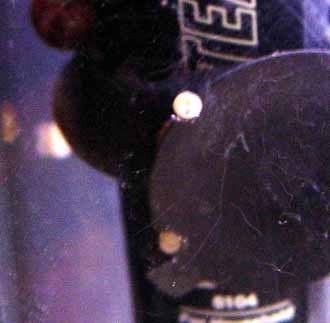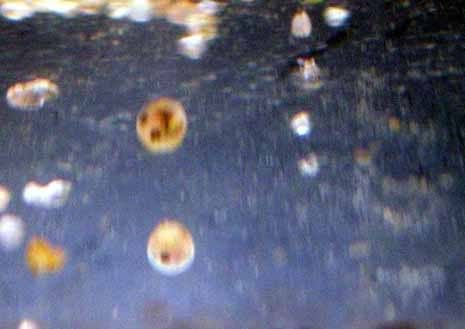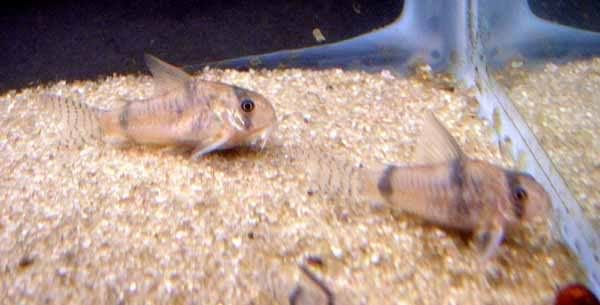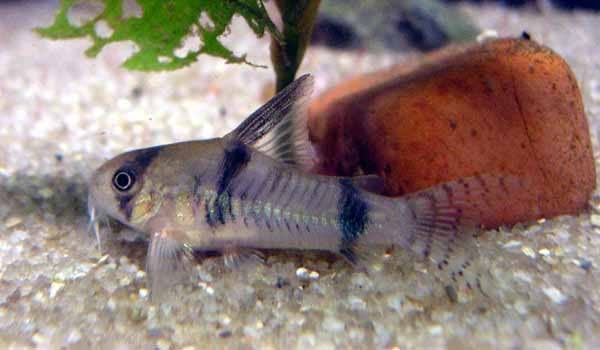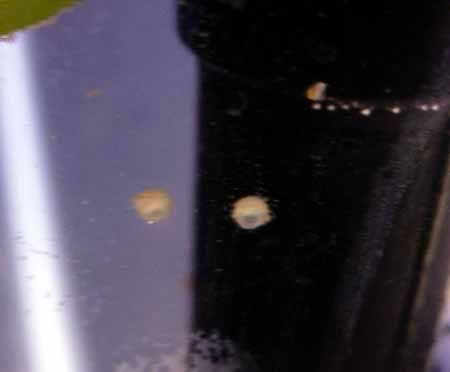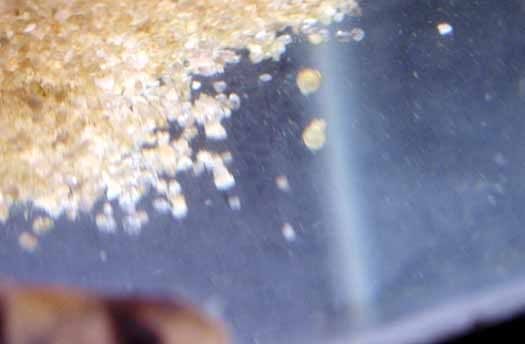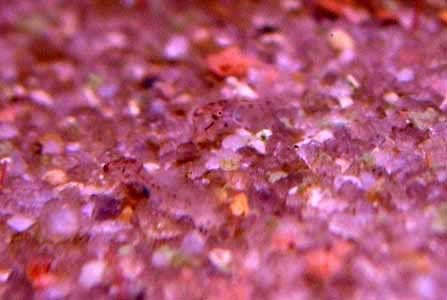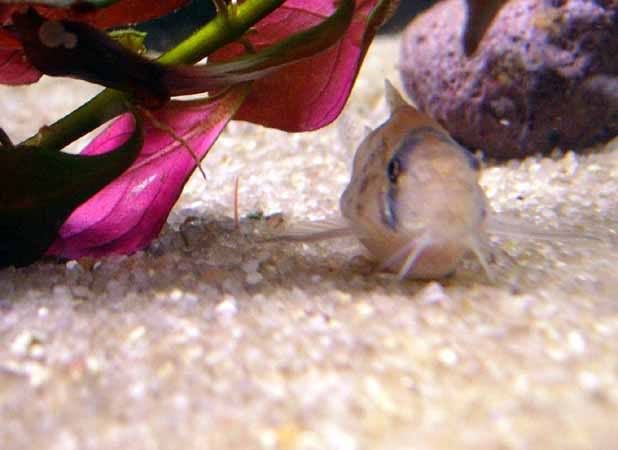Amanda, my congrats.
It sounds like you could benefit from owning/using an RO unit.
Best deals out there are from
http://www.airwaterice.com.
I would try much softer water(40 to 75 ppm), a pH about 6.0 and a higher water temperature at least 78*F maybe up to 82*. Use cool water when making water changes to stimulate spawning.
Very good advice to be feeding Mikroworms to the breeding tank since there are probably larvae present which you haven't noticed. I would fill the top of the tank with a lot of Tropical Hornwort, Ceratophyllum demersum, to provide more egg hiding and larvae refuges. If given enough cover, many Corydoras species may be bred colony style. I would try that in a 20 long for a group as large as yours. I also find that adding a liter of hollow ceramic biomedia as a rubble pile in one corner provides a great deal of refuges for larvae and small fry from the adult fish. Once the larvae completely metamorphose they are generally too large to be eaten by the breeders. I would also feed Artemia nauplii feeding daily supplemented by mikroworms. The fry grow faster on bbs than they do on Mikroworms only.
The colony breeding method is by far the easiest way to raise Corydras once you go to the trouble of setting one up but is also a very rewarding method. you will soon have Corys of every size and as the numbers of juveniles increases the threat to the most recent larvae greatly diminishes. You need only to harvest enough salable sized juveniles to prevent the colony from becoming overpopulated.
I use a an Azoo Bio-Filter Oxygen Plus Model #6.DrsFosterSmith and aquaticeco.com both sell these sponge filters. They are equivalent to a HydroSponge #IV but cheaper. I use them in pairs in all my tanks so costs are always a factor to me. These happen to perfectly fit a MaxiJet 600 power head.
I also either use one more in the conventional airlift mode or add an air stone and use an Aquaclear 50 HOB filter. One way or the other I am using 2 main filters which can't suck in fry and this allows for alternately cleaning them so there is never any interruption of the biological filtration. I make a pre-filter for the inlet out of a small filter media bag stuffed full of Eheim Ehfifix coarse plastic fibers which keep the pre-filter bag expanded. I slip this over the intake and attach it with a rubber band. This pre-filter will not clog or reduce flows like sponge pre-filters do.
Avid Trout fly fisherman. ·´¯`·...¸><)))º>
